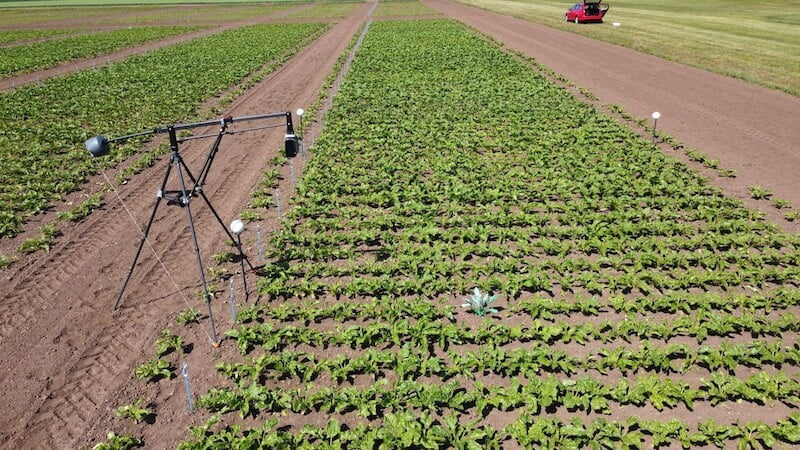
Researchers are working on the effective use of AI and 3D printing to revolutionize plant cultivation. The goal: affordable food prices.
In recent years, many processes in research have continued to develop. The introduction of AI systems in particular offers unprecedented opportunities. But such tools are not limited to laboratories with a high degree of automation. Environmental analysis could also benefit from the use of artificial intelligence. Especially in connection with another innovative technology: 3D printing.
Both AI and 3D printing processes could simplify the breeding and care of crops in the future. Scientists use a laser to create 3D models of the above-ground parts of sugar beet plants. These models capture the essential characteristics of the plants and can largely automate phenotyping. Scientists describe and classify the visible characteristics of an organism or cell.
AI and 3D printing: Analysis for plant breeding easier than ever
The team is providing all data, methods and 3D printing files to make the technology possible in other places. After all, modern plant breeding is data-driven and involves machine learning and advanced imaging technologies to select desired traits.
These automated pipelines are designed to increase the efficiency and precision of measurements that farmers previously had to perform manually. Having a physical 3D model of a plant as a reference can be beneficial. The researchers developed the new 3D-printed model of a sugar beet plant with this application in mind.
It reveals the advantage that interested people worldwide can download and reuse the print files for free. This enables similar approaches in research worldwide and even supports resource-poor areas. The authors used affordable LIDAR technology to collect precise data for the model, which a commercial 3D printer then created.
Better plants for our future
The technology is not limited to sugar beet. It can also be applied to other crops such as rice or African orphan crops. The combination of AI, 3D printing and sensor technology can help shape plant breeding in the future in a sustainable way and help feed the world's population with healthy plants.
Because before we can breed new varieties, we first need to understand our current food better. A printable 3D model makes it possible to create multiple copies and to carry out phenotyping in fields at low cost. This is particularly important for developing countries without large research budgets.
Also interesting:
Source: https://www.basicthinking.de/blog/2024/07/07/ki-3d-druck-pflanzenzucht/


